Do Air Purifiers Work for Allergies?

According to the Asthma and Allergy Foundation of America (AAFA), more than 100 million people in the U.S. experience various types of allergies each year. Shockingly, over 50% of homes have at least 6 detectable allergens present. Severe allergy symptoms can be life-threatening. These hidden allergens can have a significant impact on our health. Can air purifiers help alleviate allergy symptoms and help us enjoy a more comfortable, healthier life? Are there effective strategies we can use to manage our allergies? Let’s explore these questions and discover ways to create a healthier lifestyle together!
What Are Allergies? What Are Common Allergy Symptoms?
An allergy is an abnormal immune response of the body to certain substances known as allergens. Normally, the immune system identifies and defends against pathogens (such as bacteria and viruses), but in allergy sufferers, the immune system mistakenly perceives harmless substances (such as pollen, certain foods, dust mites, and pet dander) as threats, triggering a variety of allergic reactions.
Common allergy symptoms include:
- Skin reactions: rashes, hives, eczema
- Respiratory symptoms: nasal congestion, runny nose, sneezing, coughing, asthma or wheezing, sore throat
- Eye symptoms: itchy eyes, redness, tearing
Common indoor allergens include:
- Bacteria
- Dust mites
- Insects
- Mold
- Pets
Does an Air Cleaner for Allergies Help Alleviate Allergy Symptoms?
Yes, it can! Research from the American Academy of Allergy, Asthma & Immunology (AAAAI) indicates that it’s difficult to control the environment around you. Mechanical barriers such as masks, nasal filters and air purifiers are needed to prevent exposure to aeroallergens and irritants. A HEPA (high-efficiency particulate air) air purifier contains a type of mechanical air filter that works by forcing air through a fine mesh. It can be used indoors to trap and reduce unwanted aerosolized particles such as pollen, pet dander, dust mites and tobacco smoke in the air you breathe. In doing so, they can help alleviate symptoms such as sneezing, coughing, and nasal congestion.
How Do Air Purifiers Reduce Indoor Allergens?
Air purifiers work by using their filtration systems to remove airborne particles, absorb odors, and circulate indoor air, effectively reducing allergens and keeping the air fresh. Typically, when air enters the purifier, it passes through one or more layers of filtration and releases fresh air. Take a five-stage air filtration for allergies as an example:
- Fabric Pre-Filter: Captures larger particles such as lint, fibers, hair, and pet fur. This protects the main filter and maximizes its lifespan. It can be rinsed with water for cleaning.
- Nylon Pre-Filter: Filters out finer debris and larger particles, such as cotton and small hairs. It pre-filters larger particles, keeping them out of the main filter for easier maintenance.
- Main Filter: Deeply filters fine particles like dust, smoke, pollen, and pet dander.
- HEPA Filter: Physically captures very small particles, including smoke, odor sources, and allergens, with a purification efficiency of 99.97% for particles as small as 0.3 μm. Filters out formaldehyde, benzene, ammonia, hydrogen sulfide, and volatile organic compounds (VOCs).
- Activated Carbon Filter: Adsorbs gaseous pollutants from pets, kitchens, secondhand smoke, and mold, reducing unpleasant odors in the environment.
How to Choose the Best Air Cleaner for Allergies?
Choosing an air purifier for allergies is not an easy task. Here are some features to pay attention to:
- HEPA Filter: Make sure to choose an air purifier equipped with a High-Efficiency Particulate Air (HEPA) filter. This type of air filter for allergies can capture at least 99.97% of particles that are 0.3 microns in diameter, including pollen, dust mites, and mold spores.
- Activated Carbon Filter: Many effective air purifiers also come with an activated carbon filter that can remove odors and chemical gases, especially important for sensitive individuals.
- Clean Air Delivery Rate (CADR): Look for an air purifier with a high CADR rating. This rating indicates the amount of air the purifier can filter per minute; the higher the CADR rating, the more efficient the purification.
- Indoor Air Quality Sensors: Some smart air purifiers provide real-time indoor air quality information, helping you monitor allergen levels and take action when necessary.
- Coverage Area: Choose an air purifier that is appropriate for the size of your room to ensure that it can effectively cover the entire room.
If you're looking to purchase an air purifier for your large room, consider our AP-02 Whole House Air Purifier, which is capable of processing 283 cubic feet of air per minute. This powerful unit will ensure that your large room stays clean and fresh by efficiently circulating and purifying the air.
If you're looking to purchase an air purifier for your small room, you can consider our AP-01 Smart Air Purifier which is capable of processing 118 cubic feet of air per minute. It’s perfectly suited for smaller spaces.
However, it’s important to note that some air purifiers can make your allergy symptoms worse. Avoid the following types of air purifiers:
- Lack of HEPA Filter: Air purifiers without HEPA filters cannot effectively remove fine particles (such as pollen and dust mites), which can aggravate allergy symptoms.
- Low-Quality Filters: Air purifiers with inferior filters may not effectively capture allergens, leaving allergenic substances in the air.
- Ozone Generators: Some air purifiers use ozone technology to purify the air, but ozone itself is a respiratory irritant that can trigger or worsen allergy symptoms, especially in asthma sufferers.
- Ultrasonic or Ionizer Technologies: Some air purifiers use ultrasonic or ionizer technology, which can sometimes create tiny particles in the air that can increase allergen levels.
How to Use an Air Purifier to Alleviate Allergies
Choose the Best Air Purifier for Allergies
- As mentioned above, choosing an air purifier equipped with a HEPA filter and activated carbon filter can effectively remove pollen, dust mites, and other allergens, as well as eliminate odors and chemicals.
Where to Place Your Best Air Purifier for Allergies
- In the Center of the Room: Place the air purifier in the center of the room for optimal airflow and purification efficiency.
- Near Allergen Sources: Place the allergy purifier near areas where allergens are likely to accumulate, such as pet activity zones or dusty spots, for better removal of specific allergens.
Continuous Operation
- Run Continuously: Try to run the air purifier continuously, especially during allergy season or humid weather, to maintain fresh indoor air.
- Use While Sleeping: Run the air purifier at night to reduce allergen levels while you sleep and improve your overall sleep quality.
Regular Maintenance
- Replace Filters: Follow the manufacturer’s recommendations for regular filter replacement or cleaning to ensure the air purifier operates efficiently.
- Clean the Exterior: Regularly clean the outside of the air purifier to prevent dust and debris from affecting its performance.
Monitor Air Quality
- Use Air Quality Monitors: Some smart air purifiers come with built-in air quality monitoring features that provide real-time data on allergen levels, allowing you to adjust settings as needed.
Other Methods to Alleviate Allergies
- Consult a doctor to identify which allergens affect you. Once you know your triggers, remove them to prevent future allergic reactions.
- Keep your home free of mold, roaches, and dust. Make sure areas such as bathroom windowsills, basements, and refrigerator doors are dry and clean.
- Maintain indoor humidity between 30% and 50%. This helps control dust mites and mold growth.
- Vacuum regularly to remove allergens from dust. Use special vacuum bags equipped with HEPA filters to capture fine dust particles and prevent them from circulating back into the room.
- Wash your sheets in hot water every 7 to 10 days to kill dust mites. Use sealed mattress covers to keep dust mites out of your mattress.
- If you are sensitive to pollen, keep windows closed to reduce the amount of pollen entering your home.
- Use fragrance-free or low-odor cleaners and paints to minimize exposure to chemical allergens.
- Choose fiber-filled pillows instead of feather pillows.

In our ongoing battle against allergies, air purifiers are one of the most effective means of alleviating allergy symptoms. They inject fresh air into our living spaces through efficient filtration systems. It's crucial to select an air purifier with a true HEPA filter, an activated carbon filter, and a high Clean Air Delivery Rate (CADR). However, it's not enough to rely on air purifiers alone; we must also take protective measures such as wearing masks when outdoors and maintaining cleanliness at home. By combining technology with everyday precautions, we can truly achieve lasting health.
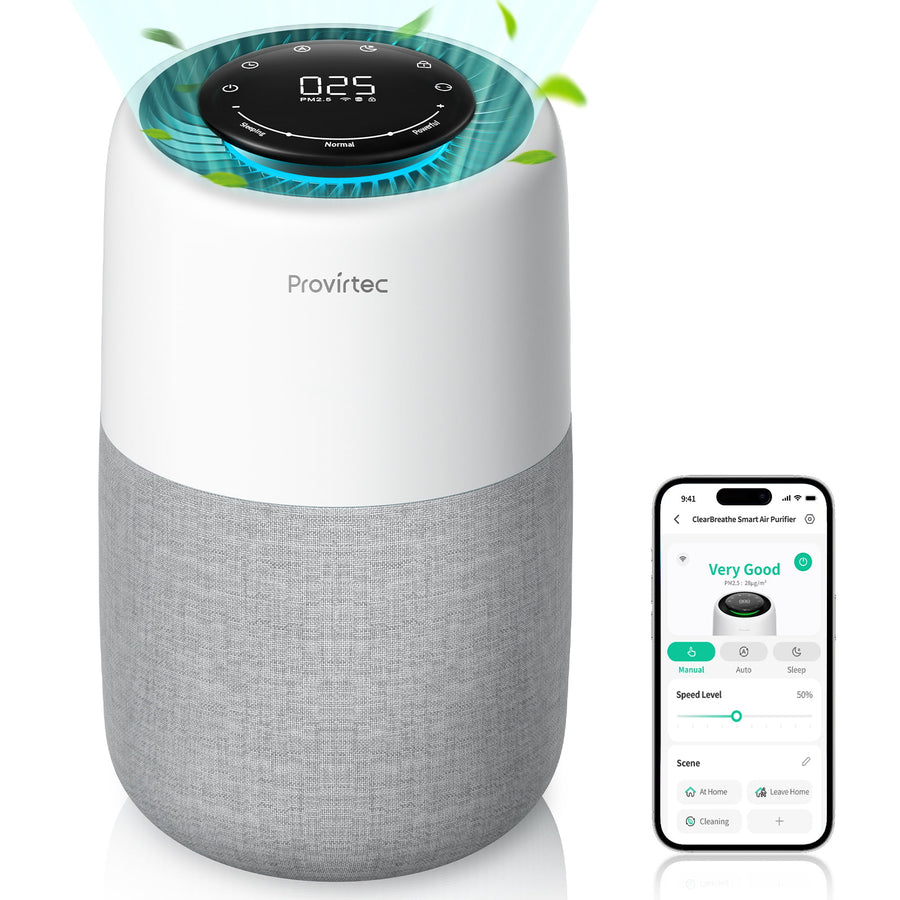











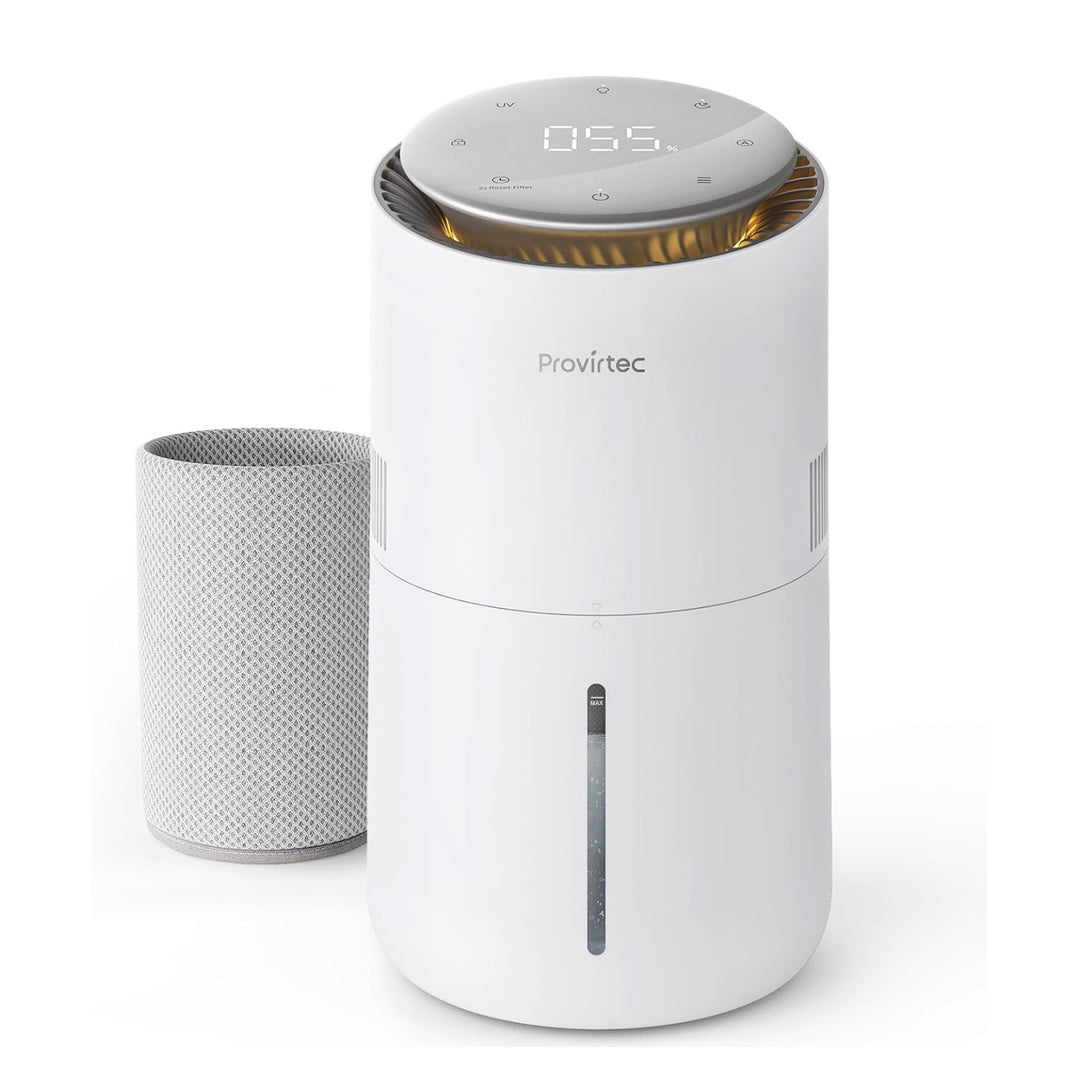
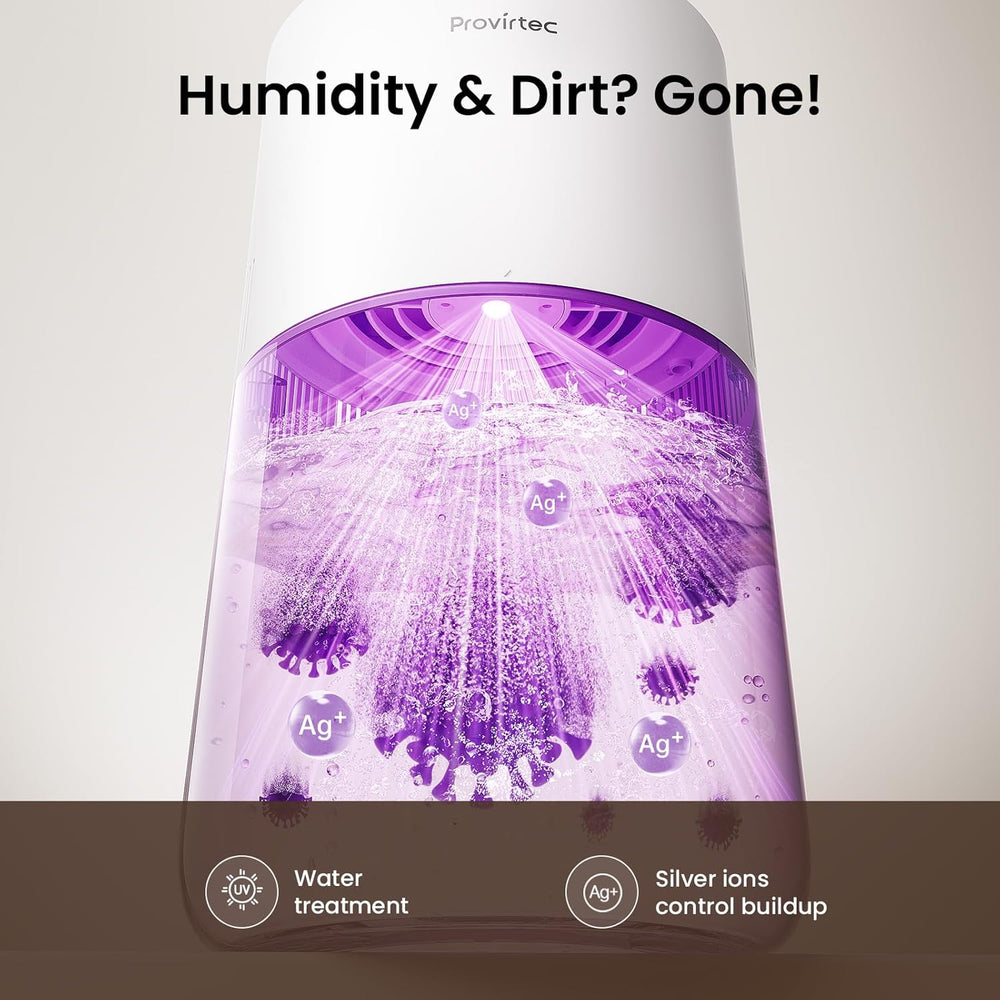

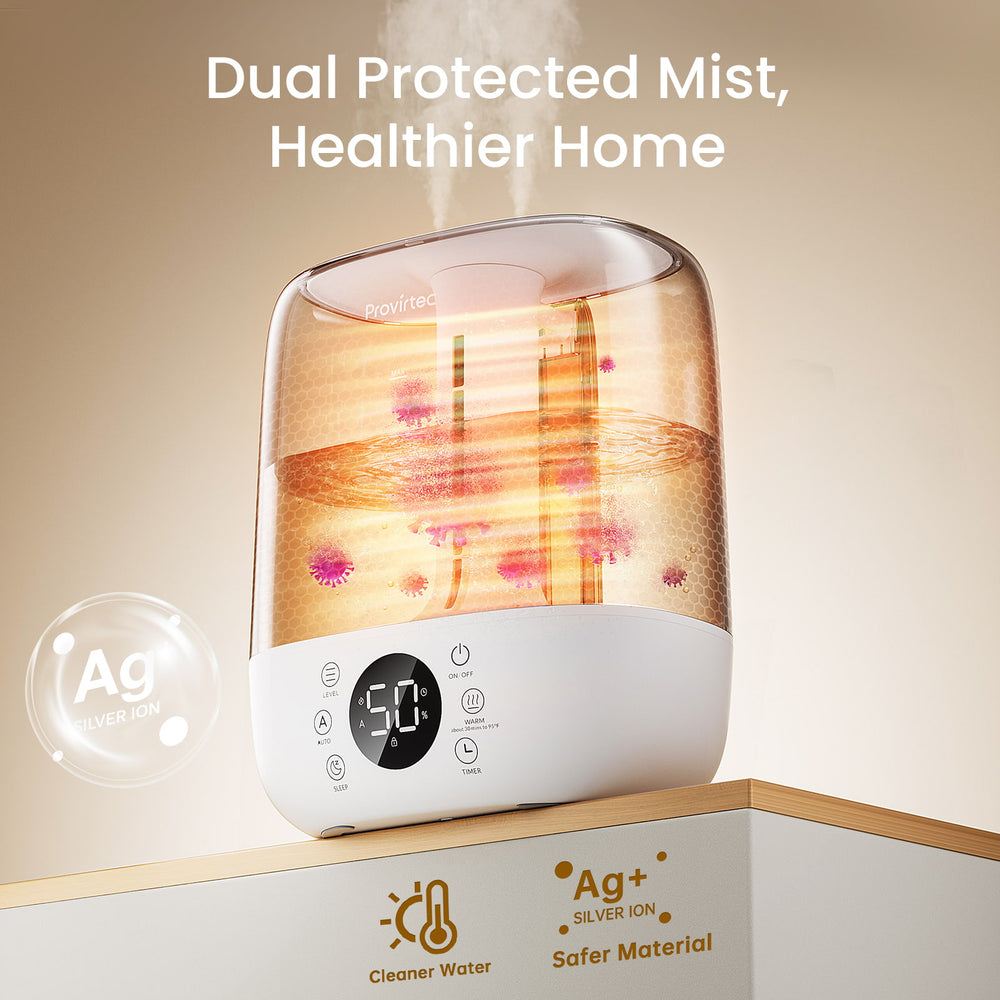
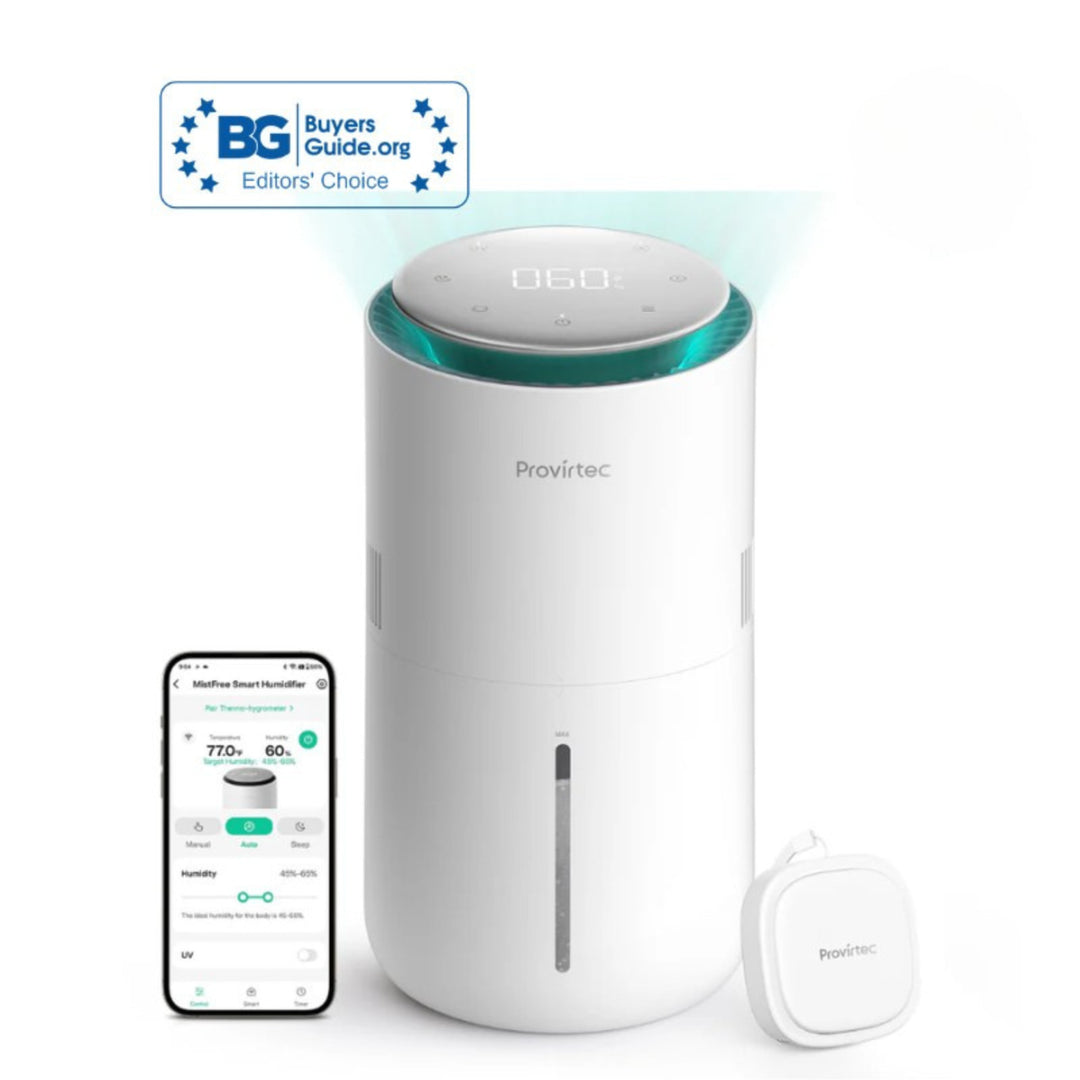

Leave a comment